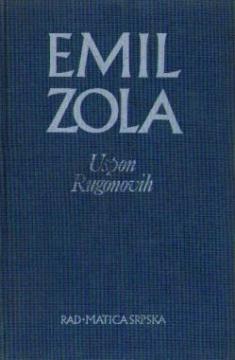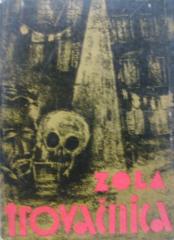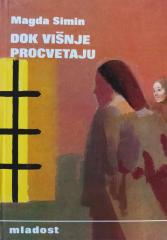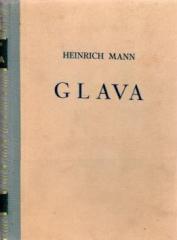
Uspon Rugonovih
The novel deals with the nature and social history of a family during the Second Empire. The main characters are members of the Rugon and Makari families, and the action takes place in France.
The novel follows the rise of the Rugon family and their desire for power, wealth and prestige. Etienne Rouen, a member of the Rougon family, represents the archetypal figure of a modern man whose character is marked by inner brutality. He is an industrialist obsessed with power, ambition and material wealth. Through vivid descriptions of the industrial revolution and social tensions, Zola explores the dark side of human nature, the corruption and dehumanization that result from greed and the desire for power.
"Rise of the Rugons" is a book that causes controversy due to its explicitness and pessimistic view of human nature. However, it also offers deep insights into social problems and provides insight into the mechanisms of power and their impact on the individual and society. Zola's writing style is detailed and suggestive, conjuring vivid images of the setting in which the action takes place.
One copy is available





